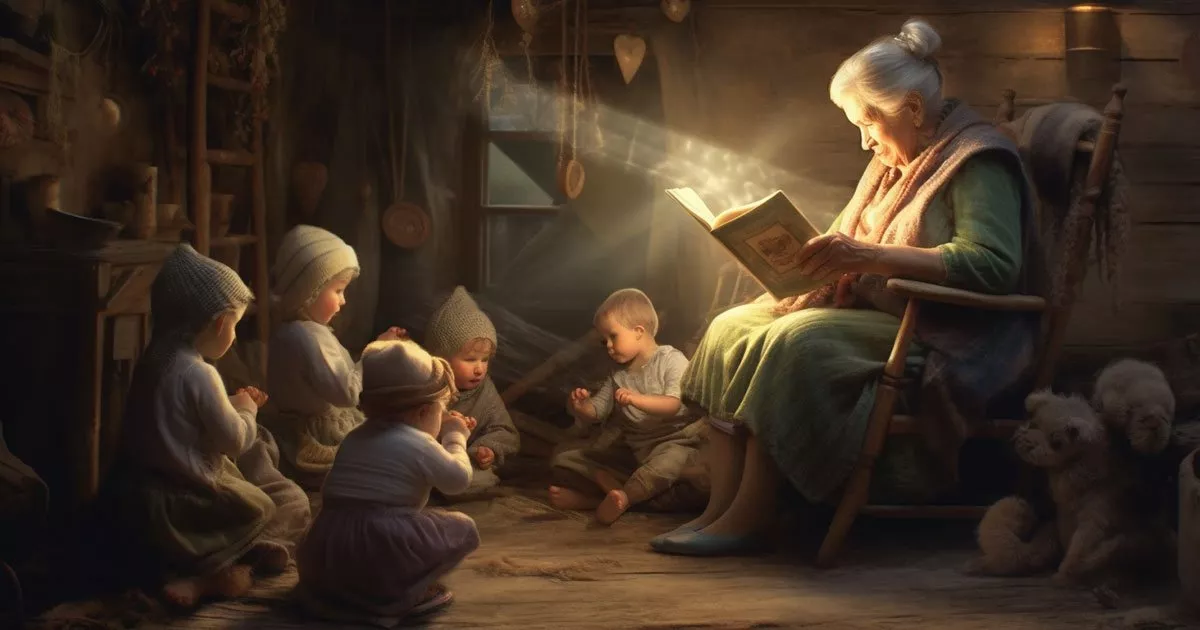

Nursery rhymes might seem like innocent childhood staples, but their roots often tell a more complex story. These catchy verses, passed down through generations, are like time capsules, carrying whispers of history, culture, and even rebellion. What if the seemingly cheerful ditties of your childhood weren’t so innocent after all? Let’s dive into the fascinating—and sometimes dark—origins of a few well-known nursery rhymes and uncover the history hidden beneath the surface.
"Mary Had a Little Lamb" seems like an innocent tale, doesn’t it? Written in 1830 by Sarah Josepha Hale, it’s based on a real-life event. Sarah was a teacher in Newport, New Hampshire, and one day, one of her students, Mary Sawyer, brought her pet lamb to school. Naturally, this caused quite a stir, and the lamb had to wait outside the classroom. The incident sparked curiosity, leading Sarah to turn the event into a poem celebrating Mary’s bond with her beloved lamb.
Years later, the poem gained even more fame when Lowell Mason set it to music. In 1877, Thomas Edison immortalized it as the first song ever recorded on his phonograph. While this rhyme has no sinister undertones, it marks a pivotal moment in history as the beginning of recorded music. But don’t get too comfortable; the next rhymes delve into much darker territory.
This rhyme isn’t about cuddly sheep — it’s rooted in the harsh economic realities of 13th-century England. During King Edward I’s reign, a hefty tax was imposed on wool. The law required that for every three sacks of wool, one went to the King, another to the Church, leaving only one sack for the shepherd. The rhyme reflects this division, a grim reminder of the unequal burden placed on the working class.
And why a black sheep? Black wool was less valuable because it couldn’t be dyed, making it harder to sell. The rhyme’s melancholy undertones hint at the economic struggles of the time, showing how even a children’s verse can carry the weight of history.
Perhaps the darkest of all nursery rhymes, "Ring Around the Rosie" is widely believed to reference the Great Plague of London in 1665. The "rosie" symbolizes the rash that marked the onset of the disease. "A pocket full of posies" refers to the practice of carrying flowers to mask the stench of illness and decay. The original line, "A-tishoo, A-tishoo, we all fall down," mimics the sneezing that signaled infection and the devastating mortality that followed.
Though some scholars debate the rhyme’s connection to the plague, it’s hard to separate the eerie lyrics from the grim imagery of that catastrophic time. It’s a chilling reminder of how history can seep into even the most playful aspects of culture.
“Ring-a-ring-a-roses,
A pocket full of posies,
A-tishoo! A-tishoo!
We all fall down.“~James FitzGerald
This soothing lullaby might not seem so soothing once you hear its backstory. One theory suggests it’s tied to the political and religious turmoil surrounding King James II of England. The "baby" is believed to represent his son, James Francis Edward, rumored to have been smuggled into the birthing room to secure a Catholic heir. This incident contributed to the Glorious Revolution, where King James II was overthrown by his Protestant daughter Mary II and her husband, William of Orange.
Far from being a simple cradle song, "Rock-a-Bye Baby" carries echoes of political intrigue, religious tension, and the shifting dynamics of power in 17th-century Britain.
The original version of "Rub-a-Dub-Dub" dates back to the 14th century and featured "three maids in a tub," not "three men." It was a commentary on voyeuristic behavior, as fairs at the time often included attractions that pushed societal norms, like women bathing in public for entertainment. The rhyme’s original context criticized those who indulged in such scandalous spectacles.
Over time, societal attitudes evolved, and the rhyme’s content was sanitized to focus on three men. Today’s version might seem whimsical, but its roots lie in a sharp critique of morality and propriety from centuries ago.
This seemingly simple gardening rhyme is believed to reference Queen Mary I of England, also known as "Bloody Mary." Her reign was marked by a bloody campaign to restore Catholicism, during which hundreds of Protestants were executed. The "garden" is thought to symbolize graveyards, while "silver bells" and "cockle shells" are alleged to refer to instruments of torture.
The rhyme’s dark undertones paint a vivid picture of religious strife and persecution in Tudor England. Beneath its sing-song melody lies a grim tale of power, faith, and violence.
“Mary, Mary, quite contrary,
How does your garden grow?
With silver bells, and cockle shells,
And pretty maids all in a row.”
It’s fascinating, and a bit unsettling, to realize that the nursery rhymes we’ve sung for generations are rooted in such complex and often dark histories. From economic oppression to political intrigue and devastating plagues, these verses carry echoes of a world far removed from the innocence of childhood. Yet, that’s what makes them so enduring — they’re not just songs; they’re stories.
Next time you hear a nursery rhyme, take a moment to think about the world it came from. Beneath the playful lyrics lies a rich tapestry of history, offering a glimpse into the lives and struggles of those who lived long before us.
Want more stories like this? Check out our deep dive into the history of Thanksgiving. History is never as simple as it seems, and there’s always more to discover.